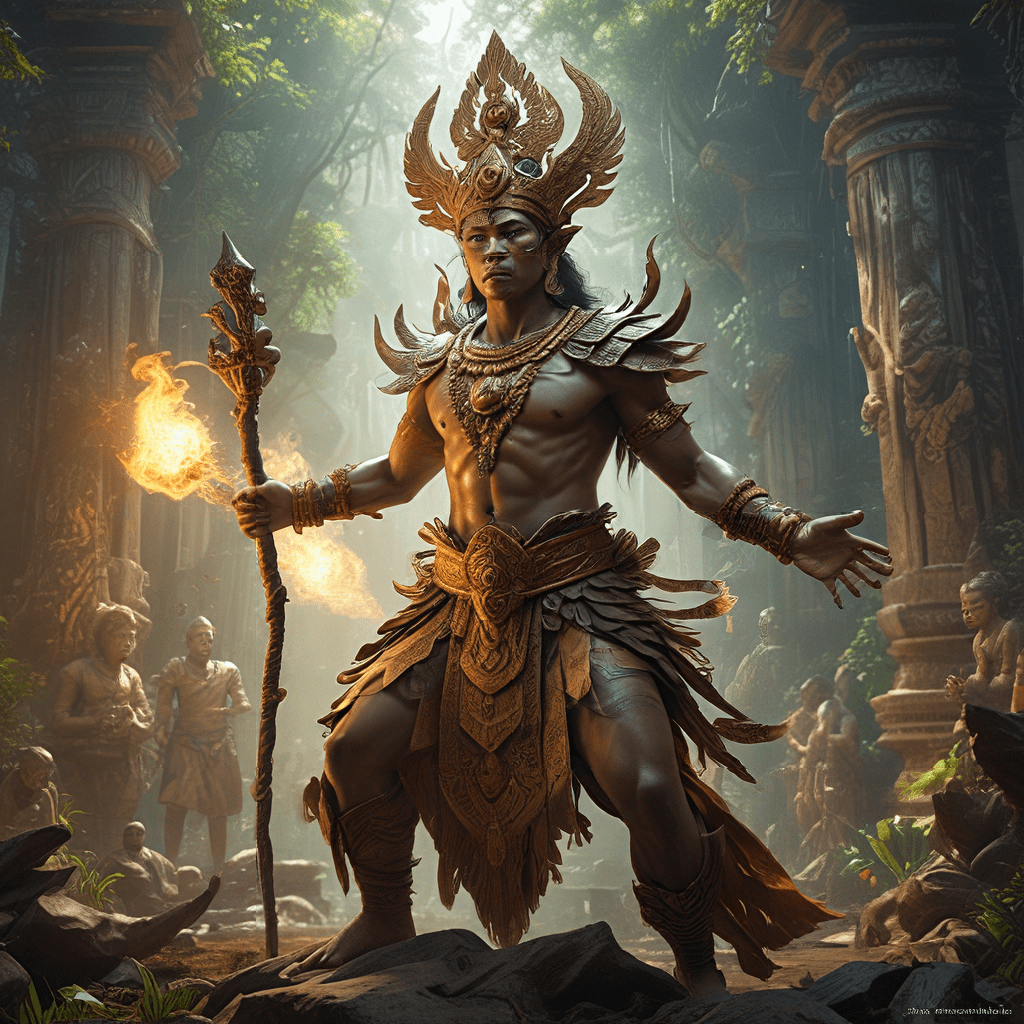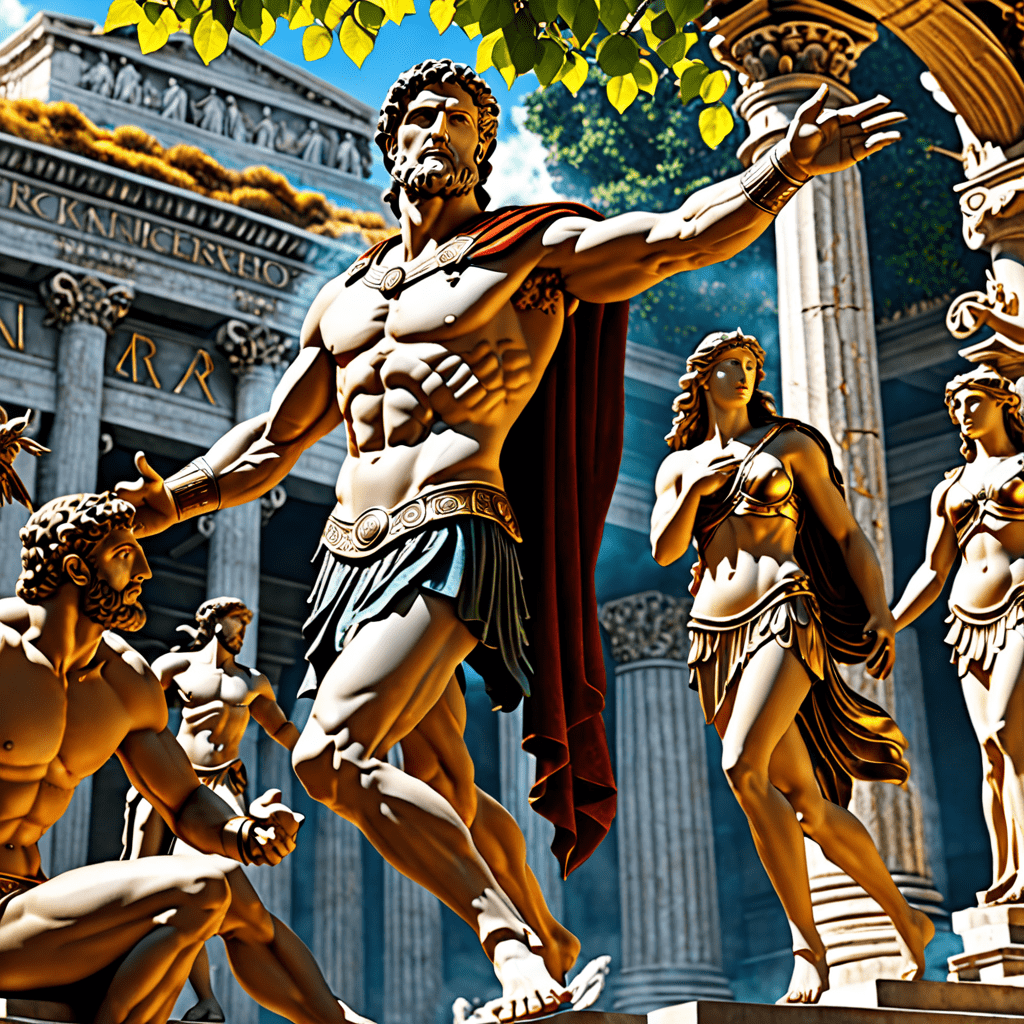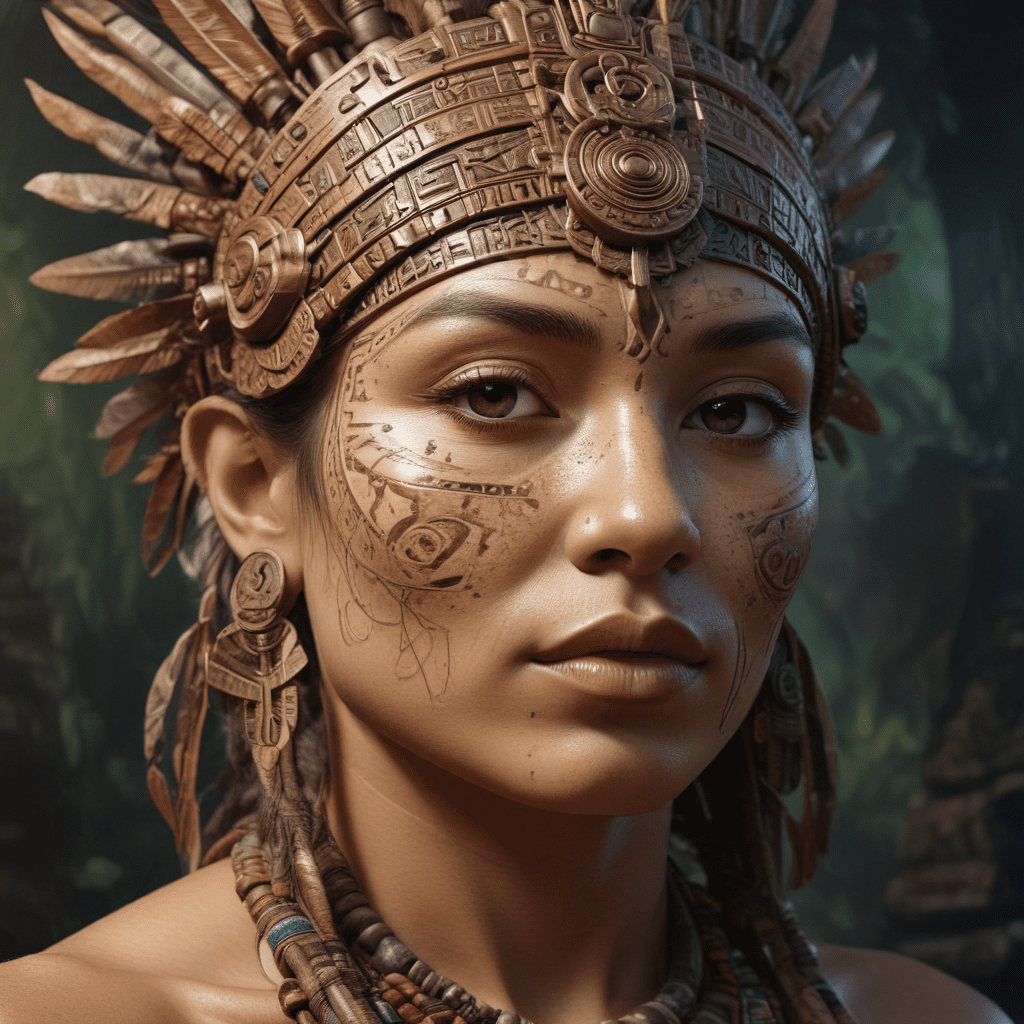Sleipnir Tales: The Hindu Myths of the Vedas and the Ancient Texts
I. Introduction to Sleipnir and Its Significance
Sleipnir, the legendary eight-legged horse of Norse mythology, is a creature of immense power and significance. Known for its speed and ability to traverse the realms of the living and the dead, Sleipnir symbolizes not only physical strength but also the deep connections between worlds. In Norse lore, Sleipnir is often associated with Odin, the chief of the gods, highlighting its importance in divine journeys.
Interestingly, parallels can be drawn between Sleipnir and various figures in Hindu mythology, where horses also hold significant roles. This article seeks to explore these connections, examining how the myths of the Vedas resonate with the attributes and stories of Sleipnir, revealing deeper cultural narratives that transcend geographical boundaries.
II. The Vedas: An Overview
The Vedas are a collection of ancient texts that form the foundation of Hindu thought and spirituality. Composed in Sanskrit, they are revered as the oldest scriptures in Hinduism, dating back to around 1500 BCE. The Vedas consist of four main texts: the Rigveda, the Samaveda, the Yajurveda, and the Atharvaveda, each serving distinct purposes within ritualistic and philosophical contexts.
Key themes within the Vedic literature include:
- The nature of the cosmos and creation
- The relationship between humanity and the divine
- The importance of rituals and sacrifices
- Moral and ethical guidance
This foundational structure not only highlights the spiritual pursuits of ancient India but also reflects the cultural ethos that has evolved over millennia.
III. The Concept of Divine Horses in Hindu Mythology
In Hindu mythology, horses are often imbued with divine attributes, symbolizing strength, nobility, and the journey of the soul. The horse is seen as a powerful creature that connects the earthly realm with the divine, much like Sleipnir in Norse tradition.
One of the most notable divine horses in Hindu mythology is Uchchaihshravas, a celestial steed born from the churning of the ocean (Samudra Manthan). Uchchaihshravas is described as white and beautiful, embodying purity and strength.
The cultural significance of horses in Vedic society is profound as they were not only revered in mythological contexts but also played essential roles in warfare, agriculture, and transport. The horse was integral to various rituals, including the Ashvamedha, a royal horse sacrifice that symbolized sovereignty and power.
IV. Comparison of Sleipnir and Hindu Divine Horses
When comparing Sleipnir with Hindu divine horses, several aspects emerge:
A. Physical Attributes and Powers
Sleipnir is unique with its eight legs, allowing it to traverse different realms quickly. In contrast, Uchchaihshravas is often depicted with seven heads and immense beauty, symbolizing its divine nature and grace.
B. Mythological Narratives and Stories
Both Sleipnir and Uchchaihshravas are involved in significant mythological narratives. Sleipnir is central to Odin’s journeys, while Uchchaihshravas appears in various tales associated with the gods and demigods, showcasing their roles as carriers of divine messages.
C. Representation of Duality and Transcendence
Both figures represent duality; Sleipnir embodies the connection between life and death, while Uchchaihshravas symbolizes the bridge between the earthly and the celestial realms. This transcendence is a common theme in both Norse and Hindu myths, emphasizing the spiritual journeys undertaken by deities and heroes.
V. Key Myths and Tales from the Vedas
Within the Vedas, horses play a significant role in several myths and rituals. Some notable references include:
A. Summary of Significant Myths Involving Horses
Horses are often depicted in tales of creation and sacrifice. The Ashvamedha ritual, for instance, involved the release of a consecrated horse, symbolizing the king’s power and divine right to rule.
B. Exploration of the Rigveda and Its References to Equine Deities
The Rigveda, one of the oldest texts, contains hymns dedicated to various deities associated with horses, such as Ashvins, the twin horsemen who are symbols of healing and prosperity.
C. Analysis of the Role of Horses in Vedic Rituals
Horses were integral to Vedic sacrifices, believed to carry the prayers of the devotees to the heavens. The imagery of horses in these rituals reflects their significance as mediators between humans and the divine.
VI. Thematic Parallels between Norse and Hindu Myths
Exploring the thematic parallels between Norse and Hindu myths reveals shared motifs that speak to universal human experiences:
A. Exploration of Themes Such as Creation, Destruction, and Rebirth
Both mythologies grapple with the cycles of creation and destruction, often portraying divine beings and their animal companions as central figures in these processes.
B. The Role of Animals as Messengers and Companions of Gods
In both traditions, animals serve as messengers of the gods, facilitating communication between the divine and mortal realms. This role emphasizes the interconnectedness of all life and the respect afforded to animals in these cultures.
C. The Importance of Mythology in Understanding Cultural Values
Myths serve as reflections of cultural values, providing insight into the moral and ethical frameworks of societies. Both Norse and Hindu myths emphasize virtues such as bravery, sacrifice, and the pursuit of knowledge.
VII. Influence of Vedic Myths on Contemporary Hinduism
The legacy of Vedic stories continues to resonate in modern Hindu practices, influencing spirituality, rituals, and cultural expressions:
A. The Legacy of Vedic Stories in Modern Spiritual Practices
Many contemporary Hindu rituals and festivals draw upon themes found in the Vedas, showcasing a continuity of belief that honors ancient traditions.
B. Representation of Vedic Myths in Contemporary Art and Literature
Artists and writers often reinterpret Vedic myths, blending traditional narratives with modern sensibilities, thereby keeping the stories alive and relevant.
C. The Role of Mythology in Shaping Hindu Identity Today
Mythology plays a crucial role in shaping Hindu identity, offering a sense of belonging and continuity in a rapidly changing world. The stories from the Vedas provide a historical context that informs contemporary beliefs and practices.
VIII. Conclusion: Bridging Cultures through Mythology
The exploration of Sleipnir and Hindu divine horses highlights the interconnectedness of global mythologies, revealing shared themes that transcend cultural boundaries. The enduring relevance of these ancient myths in contemporary society serves as a reminder of the human quest for understanding, connection, and meaning.
In preserving and studying these narratives, we not only honor the past but also enrich our understanding of human culture and spirituality today.



